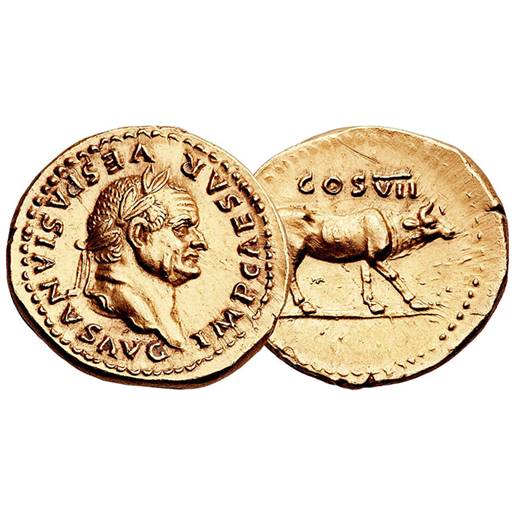
Aureus
Aureus, basic gold monetary unit of ancient Rome and the Roman world. It was first named nummus aureus (“gold money”), or denarius aureus, and was equal to 25 silver denarii; a denarius equaled 10 bronze asses. (In 89 BC, the sestertius, equal to one-quarter of a denarius, replaced the bronze ass...
archaeologs EnglishNumismatics
EnglishNumismatics